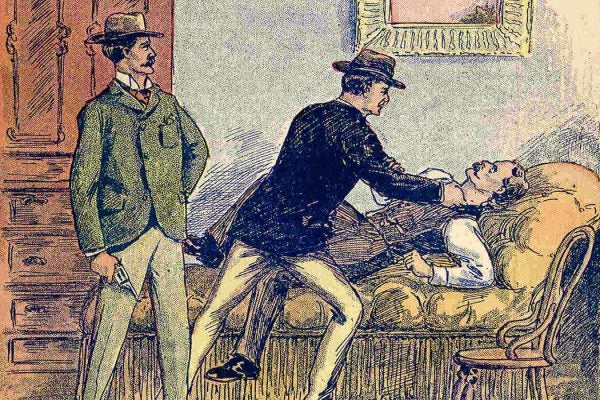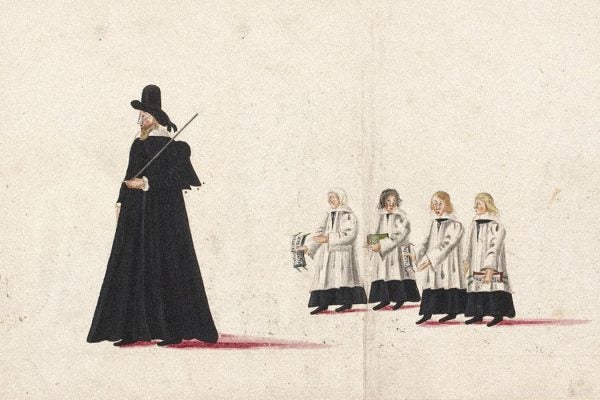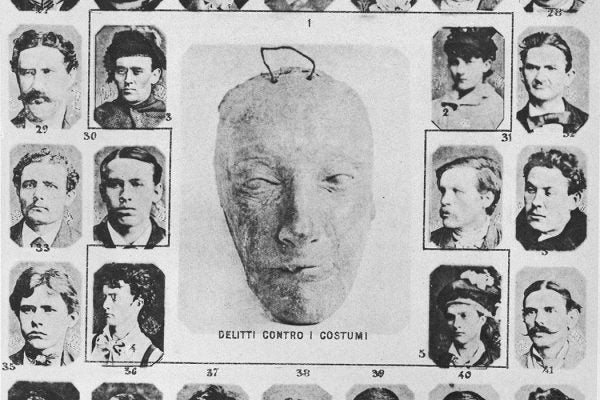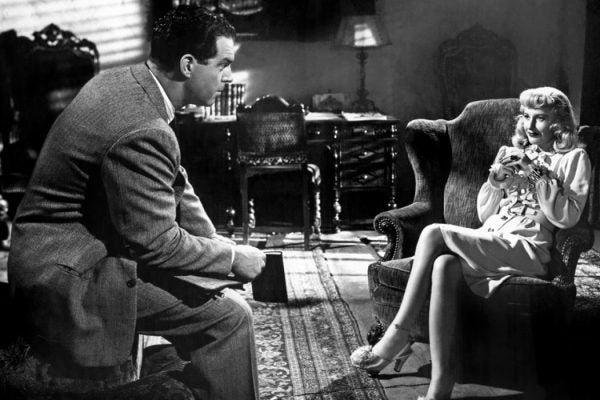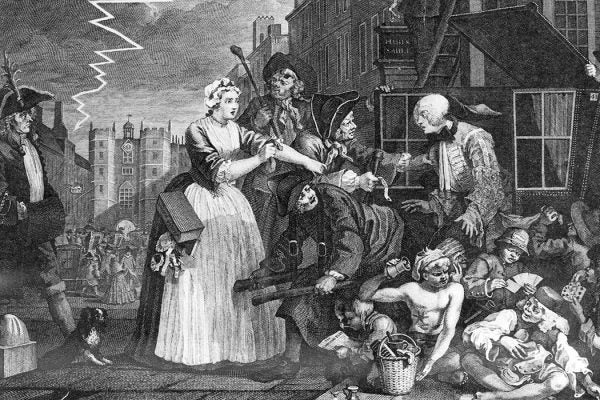The Murder Ballad Was the Original True Crime Podcast
The 1896 version of crime sensationalism also taught the victim-blaming lesson “Stay Sexy, Don’t Get Murdered.”
Her Majesty’s Kidnappers
In the 17th century, Nathaniel Giles had the right to conscript young singers into the British royal children’s choir. He and a business partner went a step further.
Criminal Minds? Try Criminal Bodies
Cesare Lombroso wanted to use science to understand who criminals were. But his ideas about biological "atavism" easily transferred to eugenics and nativism.
How to Write Great True Crime
Hint: Branch out from serial killers coming through the window.
Stockholm Syndrome
What really happened that summer day in 1973? And what does it reveal about our cultural attitudes toward violence?
Why Did “Thieves’ Cant” Carry an Unshakeable Allure?
If thieves’ cant—a language known only to criminals—was the Devil’s cabinet, bourgeois society couldn’t help but peep inside.
How Truman Capote Advanced the New Journalism
In Cold Blood changed the face of journalism. And yet years after its publication, we are still asking: how much of it was factually true?
History’s Most Notorious True Crime Story
How New York City's tabloids sensationalized the murder case that inspired the classic film noir Double Indemnity.
What Is MS-13, Anyway?
The feared gang MS-13 was born out of conditions resulting from U.S. policies in El Salvador in the early 1980s.
The First Moral Panic: London, 1744
The late summer crime wave of 1744 London sparked an intense moral panic about crime that burnt itself out by the new year. But not before heads rolled.
